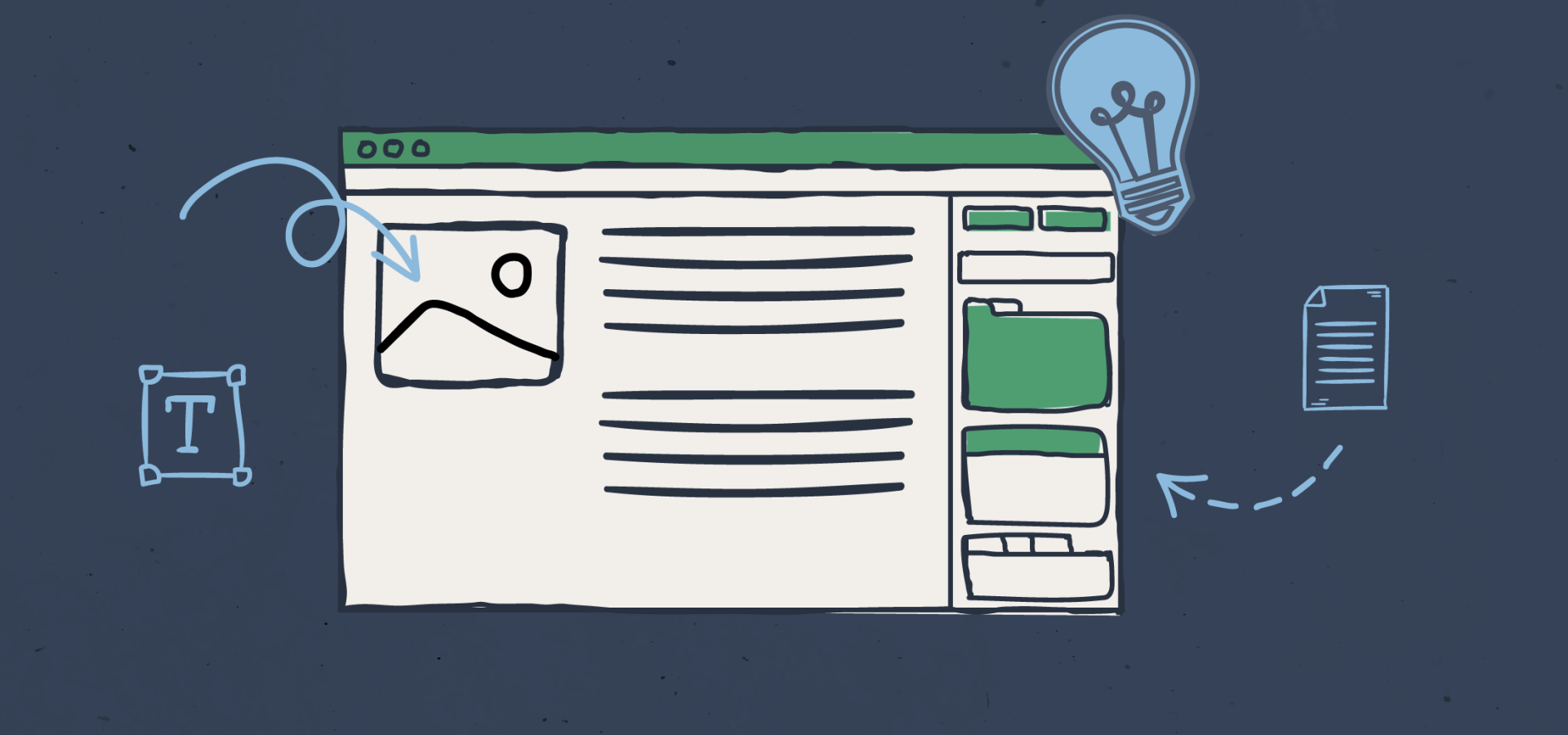User-Centric Approach
Understanding and anticipating the user's needs is the cornerstone of effective web design. This involves creating interfaces that are intuitive and easy to navigate, reducing the user's cognitive load. User-centric design prioritises the user's experience above all else, ensuring that the website is accessible and enjoyable for a diverse audience. This approach involves continuously gathering and analysing user feedback and behaviour data to make informed design decisions.
Clarity and Simplicity
Simplicity in web design translates to an uncluttered, easy-to-understand interface. A minimalist approach, focusing on essential elements, improves usability and user satisfaction. Simplifying design elements and content makes information more digestible, leading to better user engagement. This principle also involves avoiding unnecessary jargon and complex instructions, making the site accessible to a broader audience.
Consistent Navigation
Consistency in UX design provides users with a sense of familiarity and predictability, making navigation effortless. This includes maintaining a uniform layout, using consistent colour schemes and fonts, and keeping the placement of key elements like menus and buttons uniform. Consistent navigation aids in building a user-friendly website that enhances the overall user experience.

